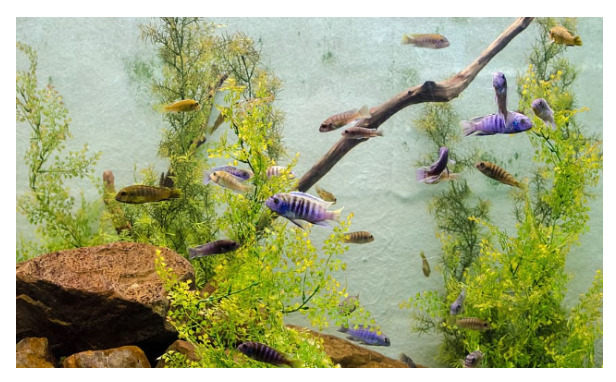Table of Contents
Introduction
From the tiniest microorganisms to the majestic creatures of the animal kingdom, our world is teeming with an incredible array of living things. But what exactly defines a living thing? How do they differ from non-living entities? In this article, we will delve into the fascinating realm of living things, exploring their definition, characteristics, and the intriguing concept of life beyond traditional boundaries.

What are living things?
Living things, also known as organisms, are entities that exhibit the fundamental characteristics of life. They possess the ability to grow, reproduce, respond to stimuli, obtain and use energy, and maintain homeostasis.
Living things definition
Living things are defined as complex, organized structures made up of cells, capable of carrying out life processes and exhibiting the characteristics of life.
Also Read
Characteristics of Living Things
- Cellular organization: Living things are composed of one or more cells, which are the basic structural and functional units of life.
- Growth and development: Living things undergo growth, increasing in size and complexity, and exhibit distinct patterns of development throughout their lifespan.
- Reproduction: Living things reproduce, giving rise to offspring either sexually or asexually, ensuring the continuation of their species.
- Response to stimuli: Living things can detect and respond to changes in their environment, exhibiting behaviors that promote survival and adaptation.
- Metabolism: Living things obtain and use energy through various metabolic processes, such as respiration, photosynthesis, and digestion.
- Homeostasis: Living things maintain a stable internal environment, regulating their bodily processes to ensure optimal functioning.
- Adaptation: Living things possess the ability to adapt and evolve over time, allowing them to survive and thrive in changing environments.
Living things and Non-living things
While living things exhibit the characteristics mentioned above, non-living things lack one or more of these attributes. Non-living things do not grow, reproduce, respond to stimuli, or display metabolism and homeostasis. Examples of non-living things include rocks, water, and machines.
Beyond Living Things
The concept of life extends beyond traditional living organisms. Scientists explore the possibility of life existing in extreme environments on Earth, such as deep-sea hydrothermal vents or polar ice caps. They also search for signs of life on other planets and moons within our solar system and beyond. This quest to understand life in all its forms expands our horizons and challenges our perception of what it means to be alive.
Conclusion
Living things are the building blocks of our diverse and remarkable world. They encompass a wide range of organisms, from microscopic bacteria to towering trees and intelligent animals. Understanding the definition, characteristics, and unique aspects of living things allows us to appreciate the incredible complexity and interconnectedness of life. As we continue to explore the mysteries of the universe, we may encounter life in forms that stretch our imagination, expanding our knowledge and appreciation for the wonders of existence.
FAQs on Living things
What is the definition of living things?
Living things are complex, organized structures made up of cells that exhibit the fundamental characteristics of life, including growth, reproduction, response to stimuli, energy utilization, and homeostasis.
What are the characteristics of living things?
The characteristics of living things include cellular organization, growth and development, reproduction, response to stimuli, metabolism, homeostasis, and adaptation.
How do living things differ from non-living things?
Living things possess the ability to grow, reproduce, respond to stimuli, and maintain homeostasis, whereas non-living things lack these characteristics and do not exhibit life processes.
What is the importance of studying living things?
Studying living things helps us understand the diversity and complexity of life on Earth, uncover the mechanisms behind various life processes, and gain insights into how living organisms interact with their environment.
What are some examples of living things?
Examples of living things include plants, animals, fungi, bacteria, archaea, and protists.
How do living things obtain and use energy?
Living things obtain and use energy through metabolic processes such as respiration, photosynthesis, and digestion.
What is homeostasis in living things?
Homeostasis is the ability of living things to maintain a stable internal environment by regulating bodily processes, such as temperature, pH levels, and water balance.









